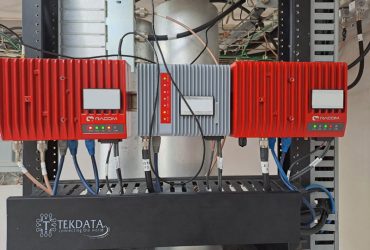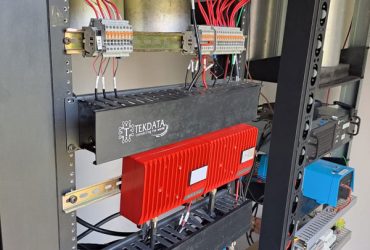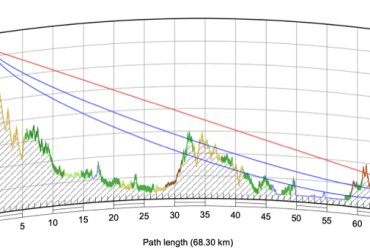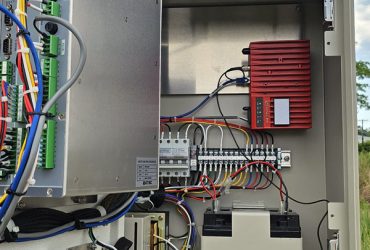Co je potřeba k tomu, aby se poruchová a náročná síť změnila v rychlou a spolehlivou páteř, schopnou pokrýt 68 km bez jediného opakovače? Pro jednoho z největších distributorů energie ve Střední Americe byla odpovědí technologie RipEX2 od RACOM.
Výzva: Nestabilní komunikace v náročném terénu
Společnost působící podél karibského pobřeží čelila trvalým problémům s komunikací:
- chronická latence a nestabilní spoje,
- vícenásobné rušení na dlouhých trasách,
- nákladné servisní výjezdy,
- nutnost instalovat několik opakovačů na jediném 68 km spoji.
Síti chyběla stabilita i možnost škálování, což brzdilo modernizaci SCADA infrastruktury.
Řešení: RipEX2 předefinoval architekturu sítě
Nasazením modemů RipEX a RipEX2 se podařilo přejít z topologie point-to-point na efektivnější point-to-multipoint, která funguje i bez přímé viditelnosti.
Klíčové přínosy:
- 68 km spojení bez opakovačů díky modulaci QAM a vysoké citlivosti RipEX2,
- LTE modul umožňující okamžité nasazení sítě i před vybudováním páteře VHF/UHF,
- LTE jako záložní i správní kanál – centrální vzdálená správa rádií a připojených zařízení, snížení nákladů na servis, rychlejší reakční časy,
- odolná architektura se záložním směrováním a hvězdicovými topologiemi s protokolem BDP.
Výsledky: Stabilní a dostupná síť
Do roku 2024 bylo nasazeno téměř 600 jednotek RipEX a RipEX2. Přínosy byly okamžité:
- spolehlivé dlouhé spoje bez opakovačů,
- vyšší stabilita sítě a nižší latence,
- odstranění nákladných servisních zásahů,
- centralizovaná vzdálená správa s integrovaným LTE,
- rychlá škálovatelnost – připojení recloserů a dalších koncových bodů.
Společnost nyní testuje plně duplexní RipEX2 spoje pro vyšší propustnost a zvažuje i řešení RipEX2-HS pro vysokou dostupnost a integraci s RAy mikrovlnnými spoji.
Závěr: Pilíř moderní distribuce energie
Díky RipEX2 se podařilo vyřešit dlouhodobé problémy s konektivitou a vytvořit flexibilní platformu pro další rozvoj. Integrace LTE umožnila rychlé nasazení a vzdálenou správu, zatímco robustní rádiová páteř zaručuje spolehlivý růst celé SCADA infrastruktury.
Technologie RACOM je dnes klíčovým pilířem moderní, efektivní a odolné energetické sítě ve Střední Americe.





